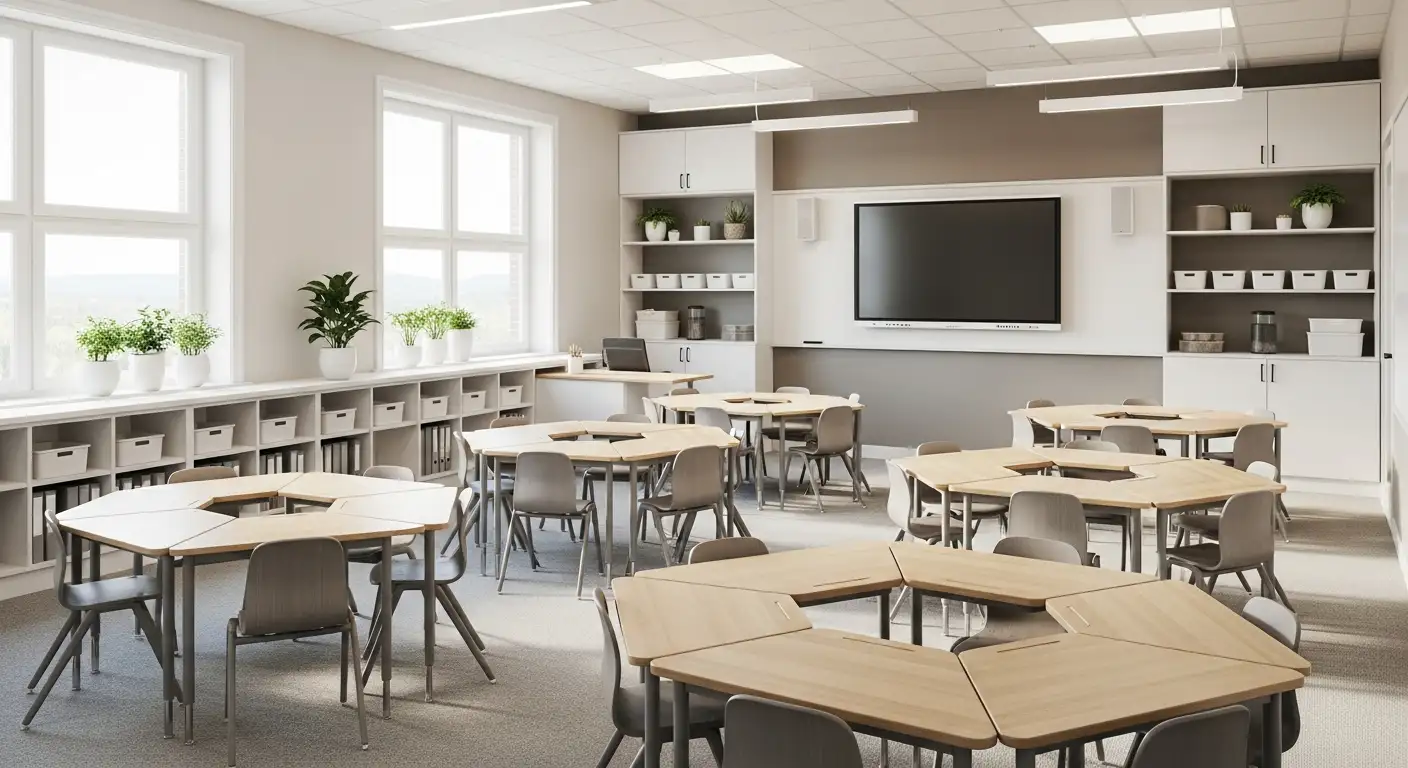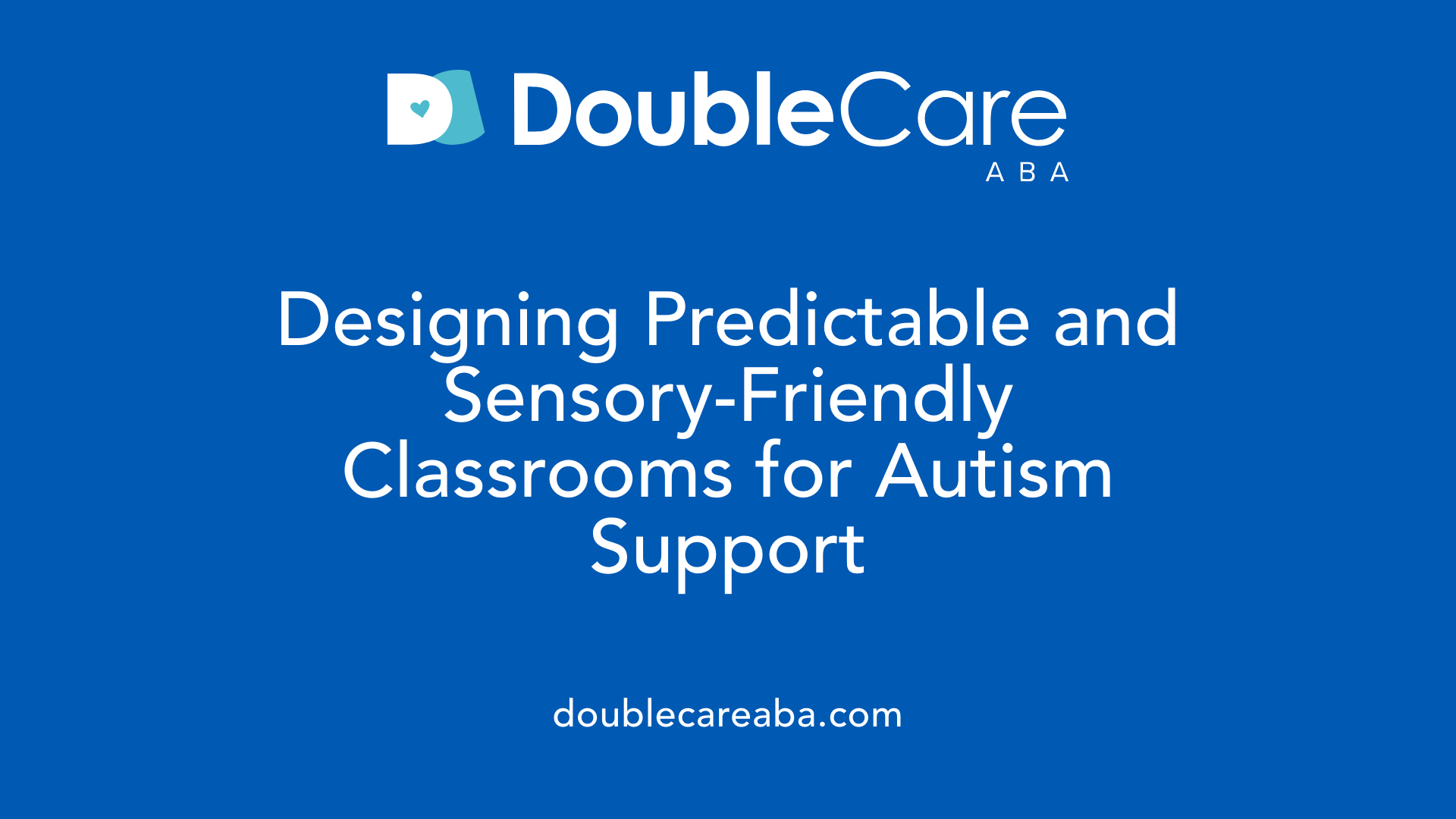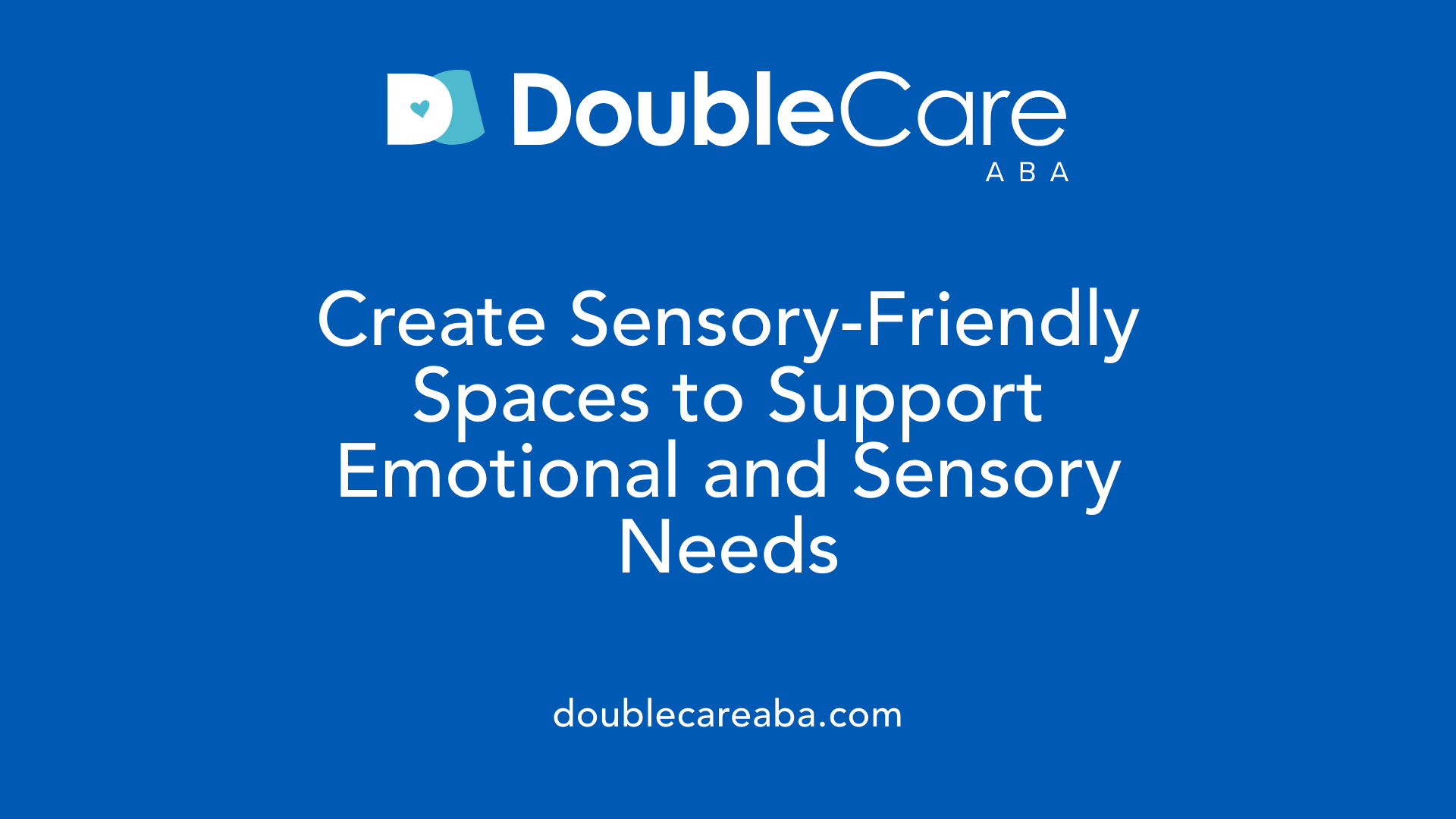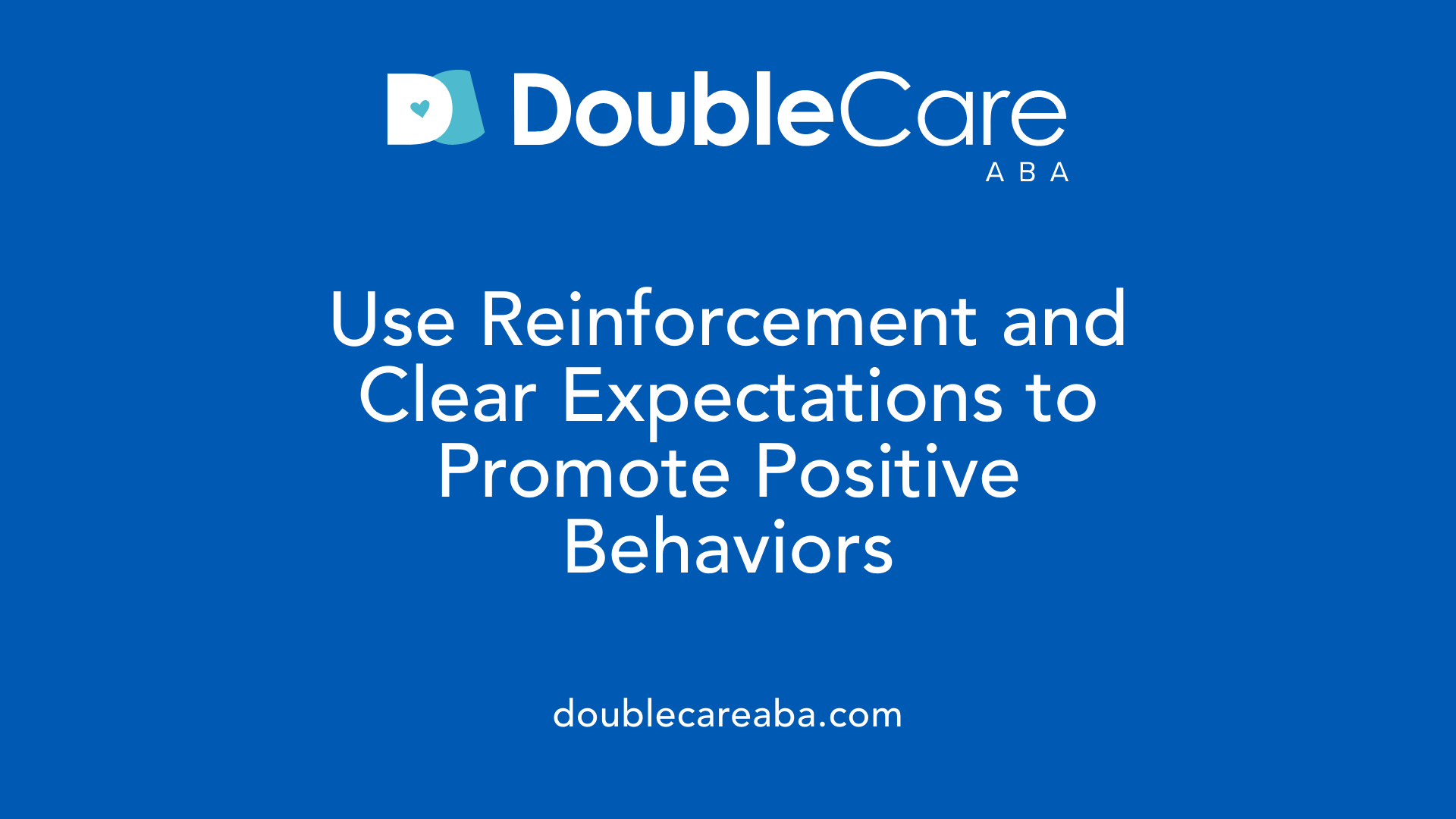Autism and Communication Tips for Teachers and Educators
Effective Strategies and Therapies for Supporting Autism in Educational Settings

Understanding Autism and Enhancing Communication in the Classroom
Supporting students with autism requires educators to adopt specialized communication strategies and create structured environments that meet individual needs. This article explores evidence-based therapies, practical classroom techniques, and social facilitation tips, enabling teachers to foster a supportive, inclusive, and engaging learning experience for autistic students.
Applied Behavior Analysis (ABA) Therapy: Foundations and Classroom Applications
What is Applied Behavior Analysis (ABA) therapy?
Applied Behavior Analysis (ABA) therapy is a scientifically grounded approach designed to improve specific behaviors and skills in individuals with autism spectrum disorder (ASD) and other developmental challenges. ABA relies on learning principles like positive reinforcement and prompting to encourage desired behaviors such as communication, social interaction, and daily living skills, while working to reduce harmful or disruptive behaviors. Each ABA program is tailored to the individual's unique needs by trained specialists such as Board Certified Behavior Analysts (BCBAs). Techniques commonly used include Discrete Trial Training, Pivotal Response Treatment, and naturalistic teaching, applied across settings like home, school, or clinics. ABA is an evidence-based intervention shown to enhance functional independence and quality of life for children with autism.
How does ABA therapy help individuals with autism?
ABA therapy supports children with autism by teaching new skills in communication, socialization, self-care, and academics. It uses data-driven, positive reinforcement techniques to increase helpful behaviors and decrease problematic behaviors. Early, intensive ABA—often recommended between 20 to 40 hours weekly—can lead to significant developmental gains, including better language abilities and social engagement. Individualized programs enable therapists to adapt interventions to meet the child's needs, promoting inclusion and everyday functioning.
Who provides ABA therapy services?
ABA therapy is provided by teams including BCBAs who design and oversee treatment plans, along with behavior therapists and assistants who implement these strategies. Providers may work in specialized autism clinics, schools, or private practices. Services can be delivered in multiple environments such as the home, community, or educational settings. Collaborative care with speech and occupational therapists often complements ABA to address comprehensive developmental needs.
What qualifications should professionals offering ABA therapy have?
Professionals delivering ABA hold specialized credentials, most notably the BCBA certification, which requires advanced education (typically at least a master's level), supervised clinical experience, and passing a rigorous exam. Training focuses on behavioral assessment, intervention design, and progress monitoring. Some providers may also require state licensure depending on local regulations. Effective ABA therapists combine technical skills with empathy, communication, and observational expertise.
What are the common techniques used in ABA therapy?
ABA employs various evidence-based strategies tailored individually, including:
- Discrete Trial Training (DTT): Breaking skills into small steps and teaching them systematically.
- Natural Environment Teaching (NET): Using real-life situations to promote learning.
- Reinforcement: Using rewards to increase desired behaviors.
- Prompting and Fading: Providing assistance and gradually withdrawing it to foster independence.
- Modeling: Demonstrating behaviors for the learner to imitate.
- Behavior Chaining: Teaching sequences of actions in order.
- ABC Analysis: Understanding behavior by analyzing Antecedents, Behaviors, and Consequences.
These techniques focus on measurable progress and enhancing meaningful skills, allowing children with autism to thrive in educational and social settings.
Creating Structured and Supportive Classroom Environments

Organizing classrooms with routines and visual supports
Students with autism benefit greatly from classrooms that have clear, structured routines. Establishing predictable daily activities reduces anxiety and helps students understand what to expect. Teachers can enhance this organization by using visual schedules, which might include charts, picture cards, or diagrams that clearly outline the day's events.
Using visual schedules and social narratives
Visual schedules serve as an effective communication tool that promotes independence and reduces uncertainty. Alongside these, social narratives help explain behavioral expectations and social situations in simple terms, making it easier for students to comprehend and adapt.
Seating arrangements to meet sensory and attention needs
Thoughtful seating arrangements can significantly impact engagement and comfort. By considering each student's sensory sensitivities and attention requirements, teachers can position students to minimize distractions and sensory overload, such as placing easily overwhelmed students away from noisy areas.
Managing sensory sensitivities and adaptations
Creating sensory-friendly environments is essential. This can involve providing noise-canceling headphones, fidget toys, or designing quiet corners to help students manage sensory overload. Managing sensory inputs supports focus and emotional regulation throughout the school day.
Benefits of predictable routines and transition supports
Predictable routines support emotional stability and academic engagement. Preparing students for transitions with visual or verbal cues helps reduce stress tied to unexpected changes. Such preparations enable smoother shifts between activities, fostering confidence and reducing behavioral challenges.
Effective Communication Strategies for Educators

Using simple, concrete language and clear instructions
Educators working with students with autism benefit from using clear, concise, and concrete language. Breaking down complex tasks into manageable steps helps students understand expectations more easily, reducing confusion and frustration.
Incorporating visual cues such as picture cards and gestures
Visual supports like picture cards, visual schedules, and gestures (including facial expressions and body language) play a crucial role in aiding comprehension. These cues help reduce anxiety by providing predictable structure and clear guidance.
Supporting compliance with wait-time and positive directions
Allowing wait-time after giving instructions gives students the necessary processing time to respond. Using positive directions and descriptive praise encourages cooperation and desirable behaviors, avoiding negative commands that can cause resistance.
Employing social narratives and written behavioral expectations
Providing written rules, expectations, and social narratives helps students grasp the rationale behind appropriate behaviors. These narratives also prepare students for transitions and social interactions by explaining scenarios in advance.
Communication tools like PECS and speech-generating devices
For students with more significant communication challenges, tools such as the Picture Exchange Communication System (PECS), communication boards, speech-generating devices, and sign language offer alternative ways to express needs and thoughts, each with unique benefits tailored to individual needs.
Building rapport and trust through empathy and patience
Beyond tools and techniques, building strong relationships based on empathy, understanding, and patience is essential. This rapport promotes a safe environment where students feel supported and are more willing to engage and communicate effectively.
Supporting Social Skills and Peer Interaction in Autism

Promoting Social Exchanges Through Structured Group Activities
Structured group activities provide safe and supportive opportunities for students with autism to practice and develop social skills. These activities encourage turn-taking, sharing, and communication in a controlled environment, helping students build confidence and reduce social anxiety.
Pairing Students with Positive Role Models and Peer Buddies
Pairing students with positive role models or peer buddies fosters meaningful relationships and models appropriate social behavior. This approach promotes peer interaction, supports emotional development, and helps students navigate social challenges more effectively.
Facilitating Inclusive Education and Acceptance
Inclusive classrooms that blend autistic and non-autistic students encourage understanding, acceptance, and empathy. These environments promote social skill development for all students by providing diverse social experiences and opportunities for collaboration.
Incorporating Students’ Special Interests to Enhance Engagement
Integrating a student's special interests into social activities boosts motivation and participation. When students engage with peers around topics they enjoy, it naturally encourages communication, social exchanges, and shared experiences.
Programs Like Relationship Development Intervention (RDI) and Peer Interaction
Relationship Development Intervention (RDI) is an evidence-based program emphasizing social behaviors such as turn-taking, interpreting body language, and maintaining eye contact. It involves close collaboration among therapists, educators, and families to nurture social competencies. Peer interaction-focused programs complement RDI by creating structured social scenarios that promote reciprocal communication and friendships.
| Strategy | Description | Benefits |
|---|---|---|
| Structured Group Activities | Planned social tasks with clear rules and goals | Builds social confidence and skills |
| Positive Role Models/Peer Buddies | Pairing students with supportive peers | Models appropriate behaviors |
| Inclusive Education | Mixed classrooms fostering diversity and acceptance | Enhances empathy and understanding |
| Special Interests Integration | Using personal interests to drive social engagement | Increases motivation and interaction |
| Relationship Development Intervention (RDI) | Therapy focusing on social communication development | Improves social reciprocity |
Sensory Integration and Managing Sensitivities in School Settings

Understanding sensory sensitivities and individual triggers
Students with autism often experience sensory sensitivities that can impact their comfort and ability to focus in school. These sensitivities vary widely, involving reactions to sounds, lights, textures, or movements. Identifying each student's specific sensory triggers through their "About Me" information helps tailor supportive strategies to their needs.
Creating sensory-friendly spaces with noise-cancelling headphones and fidget tools
A practical method to accommodate sensory sensitivities is by providing sensory-friendly spaces within the classroom. Tools like noise-cancelling headphones can reduce overwhelming background noise, while fidget tools offer tactile input that can improve concentration and calmness. These adjustments help students manage sensory overload during busy or noisy times.
Implementing sensory integration therapy concepts
Sensory integration therapy, when applied thoughtfully, gradually exposes students to sensory stimuli, allowing them to build tolerance without being pushed beyond their comfort zones. This therapy aims to balance sensory processing and supports smoother participation in daily school activities.
Adjusting environments to reduce sensory overload
Classrooms can be organized with clear routines and visual schedules, which not only assist with behavioral expectations but also minimize unexpected sensory input that may cause distress. Thoughtful seating arrangements and reduced clutter further limit excessive sensory stimulation.
Importance of monitoring and adapting sensory interventions
Continuous observation and collaboration with special education professionals are crucial. Educators should regularly assess the effectiveness of sensory strategies and be prepared to modify them according to each student's progress and changing needs, ensuring supportive and calming environments remain effective over time.
Positive Behavior Support and Reinforcement Strategies

Using descriptive praise and positive directions
Employing descriptive praise involves specifically acknowledging desirable behaviors, which reinforces their occurrence and helps students understand exactly what they did well. Positive directions focus on guiding students toward what they should do, rather than telling them what not to do. This approach encourages cooperation and reduces resistance.
Avoiding negative commands to promote cooperation
Negative commands can lead to frustration or withdrawal, especially in students with autism who may struggle with processing complex or abstract language. By avoiding these and instead using positive, clear instructions, educators foster a more supportive and engaging learning environment.
Positive reinforcement methods including tokens and rewards
Positive reinforcement is a powerful tool that motivates students to repeat beneficial behaviors. Techniques include verbal praise, token systems, and tailored reward plans aligned with students' interests and abilities. These strategies are rooted in applied behavior analysis (ABA) principles and support sustained motivation.
Incorporating ABA-based motivation techniques
ABA therapy uses reinforcement to increase positive behaviors and ignores or redirects negative ones. Therapy sessions can incorporate visual aids, play-based learning, and individualized supports tailored to the child's needs. By consistently applying these methods, children with autism show improvements in communication, social interaction, and daily living skills.
Providing clear rules and expectations
Written rules, social narratives, and visual supports like charts and schedules help students clearly understand behavioral expectations and the reasons behind them. Breaking down complex tasks into simple, concrete steps enhances comprehension and compliance.
What outcomes can families and individuals expect from ABA therapy?
Families and individuals can expect improvements in communication, social skills, and independence in daily activities. ABA reduces challenging behaviors such as aggression and self-injury by focusing on positive reinforcement and individualized interventions. Children also gain better social and emotional understanding, allowing for improved coping and social integration. These gains contribute to increased caregiver confidence and reduced stress, enhancing overall quality of life.
Below is a summary table illustrating how these strategies interconnect:
| Strategy | Description | Benefit |
|---|---|---|
| Descriptive Praise | Specific acknowledgment of positive behavior | Clarifies expectations, encourages repetition |
| Positive Directions | Instructions focusing on desired behaviors | Promotes cooperation, reduces confusion |
| Token and Reward Systems | Motivational tools tailored to individual preferences | Increases engagement and motivation |
| ABA Techniques | Reinforcement-based behavior supports and individualized plans | Improvement in communication, social skills, and independence |
| Clear Rules and Visual Supports | Written and visual cues explaining behavioral expectations | Reduces anxiety, fosters understanding |
Collaborative Approaches and Continuous Development for Educators
How can educators collaborate with special education professionals and therapists?
Collaboration is vital in supporting students with autism effectively. Educators should work closely with special education professionals and therapists to develop individualized plans that address each student's unique needs. This teamwork ensures consistent strategies across home and school settings, enhancing learning and behavioral outcomes. For example, Applied Behavior Analysis (ABA) therapists provide insights into behavior management, while speech therapists assist in communication strategies.
Why use individual 'About Me' sheets?
Using 'About Me' sheets allows teachers to understand each student's likes, fears, needs, and safety considerations. This personalized information helps tailor teaching methods and classroom environments, promoting comfort and engagement. Recognizing sensory sensitivities or preferred communication styles can make a significant difference in a student's experience.
What is the importance of ongoing training in evidence-based methods?
Ongoing professional development ensures educators stay informed about the latest research and best practices. Programs like the Incredible Years Teacher Autism program offer comprehensive training on early childhood autism interventions, emotional regulation, and structured teaching techniques. Similarly, the TEACCH Structured Teaching approach emphasizes visual supports and individualized assessments. Continuous training enables teachers to adapt and refine their strategies to effectively support their students.
How should educators monitor progress and adjust strategies?
Regularly observing student responses allows teachers to evaluate the effectiveness of their strategies. Adjustments based on individual progress ensure that interventions remain relevant and supportive. Flexibility in approaches, such as modifying communication techniques or sensory accommodations, helps maintain student engagement and success.
What resources support educator development?
Resources like the Incredible Years and TEACCH programs provide structured frameworks and evidence-based tools for educators. These programs offer guidance on fostering social skills, implementing visual schedules, and creating supportive classroom environments. Accessing such resources empowers teachers to deliver high-quality, individualized support to students with autism.
Building Inclusive Classrooms that Empower Autistic Students
Applying evidence-based communication and behavioral strategies empowers teachers to support the diverse needs of autistic students effectively. By creating structured environments, fostering positive social interactions, managing sensory challenges, and collaborating closely with specialists, educators can promote engagement, learning, and emotional well-being. Continuous professional development ensures that teachers remain equipped with the latest best practices to tailor interventions to each child's unique profile. Ultimately, such holistic approaches cultivate inclusive classrooms where students with autism can thrive academically and socially, enhancing their quality of life and helping them reach their full potential.
References
- Autism in the classroom: Strategies for success
- Effective Communication Strategies for Educators Working ...
- 7 Autism Behavior and Communication Strategies | NU
- Effective Classroom Strategies for Teaching Students with ...
- How to Become an Applied Behavior Analyst (ABA) Therapist
- How to Become an ABA Therapist - School of Education
- Applied Behavior Analysis (ABA)
- Children's Specialized ABA | Whole-Child Autism Care
















